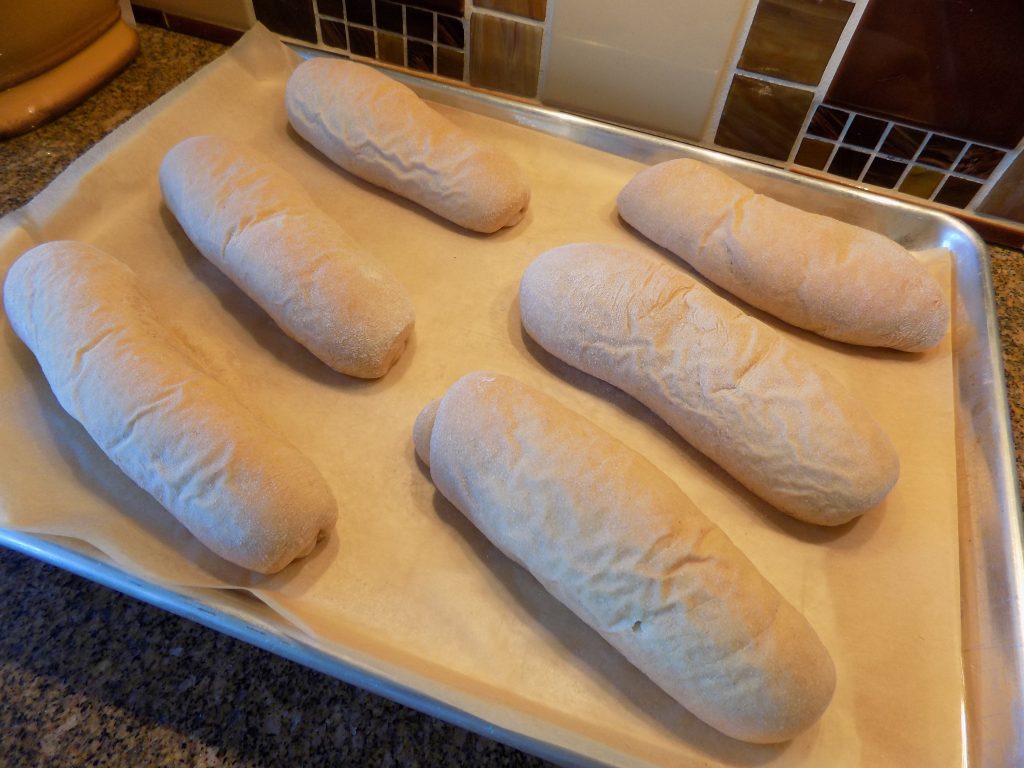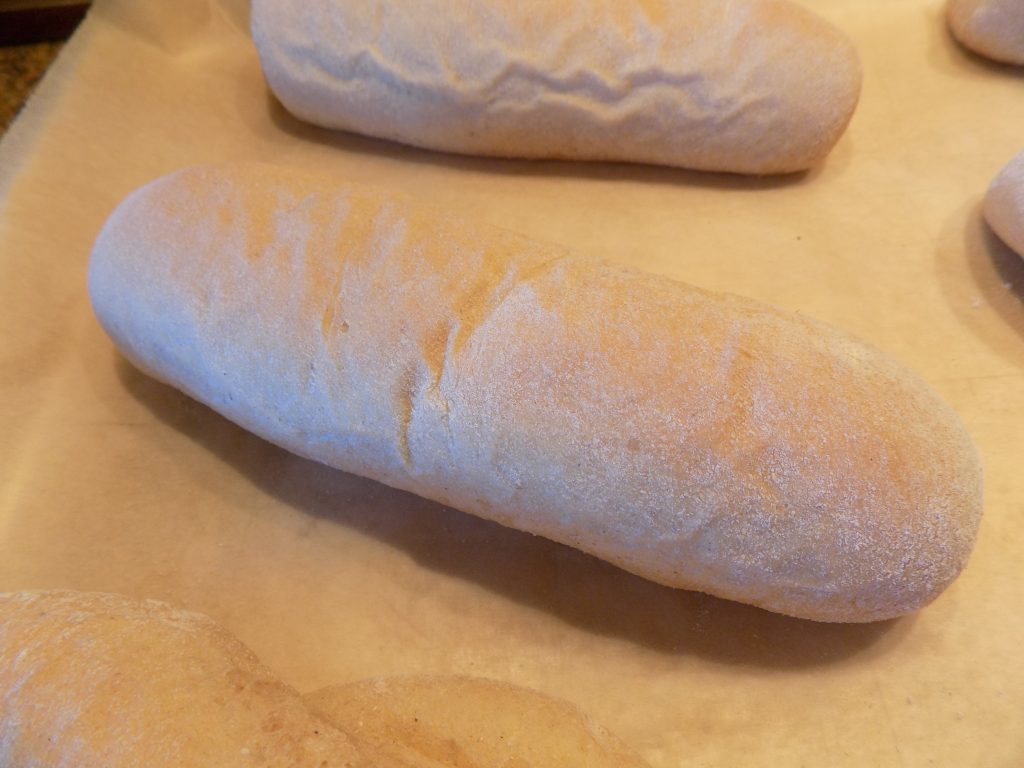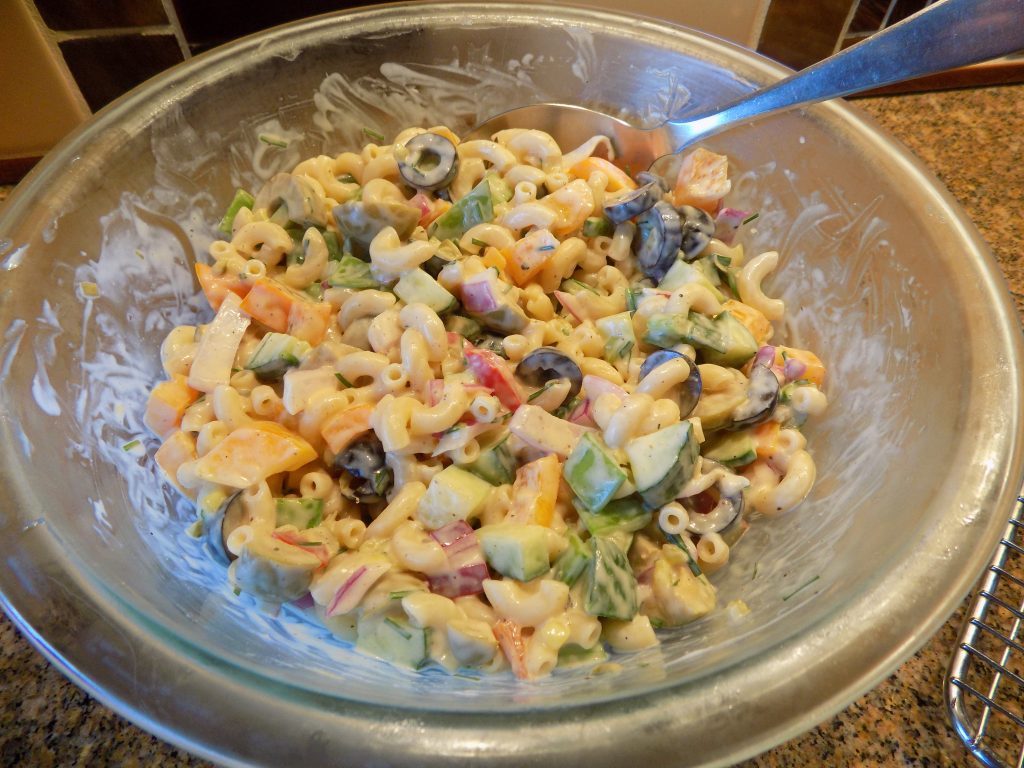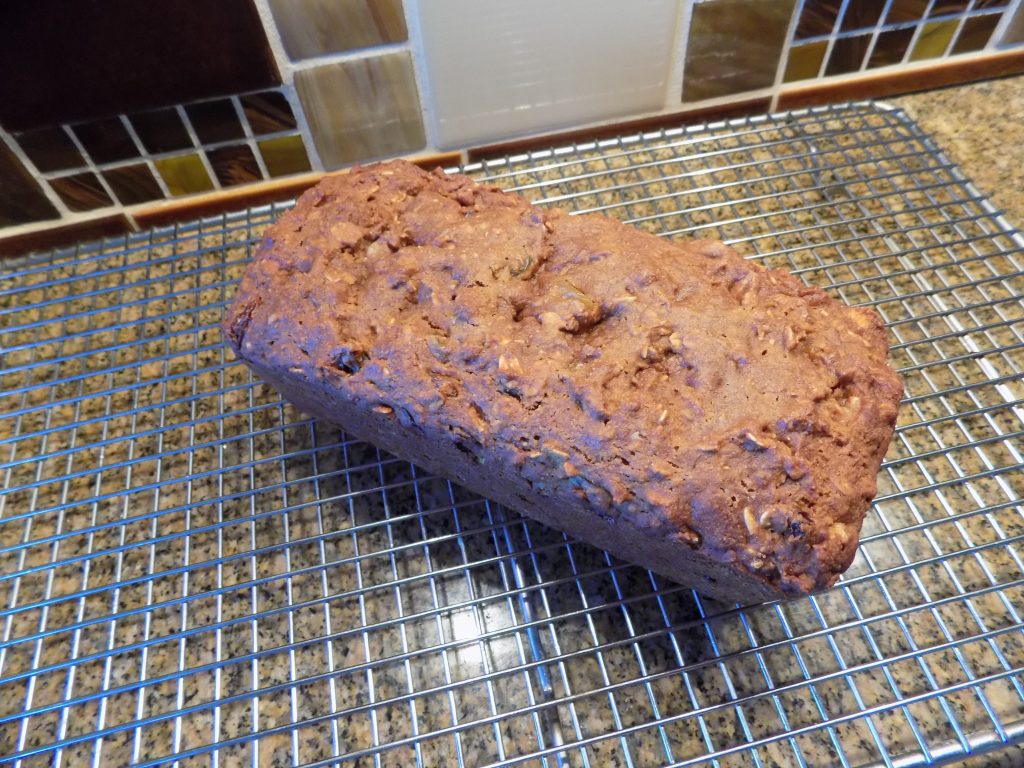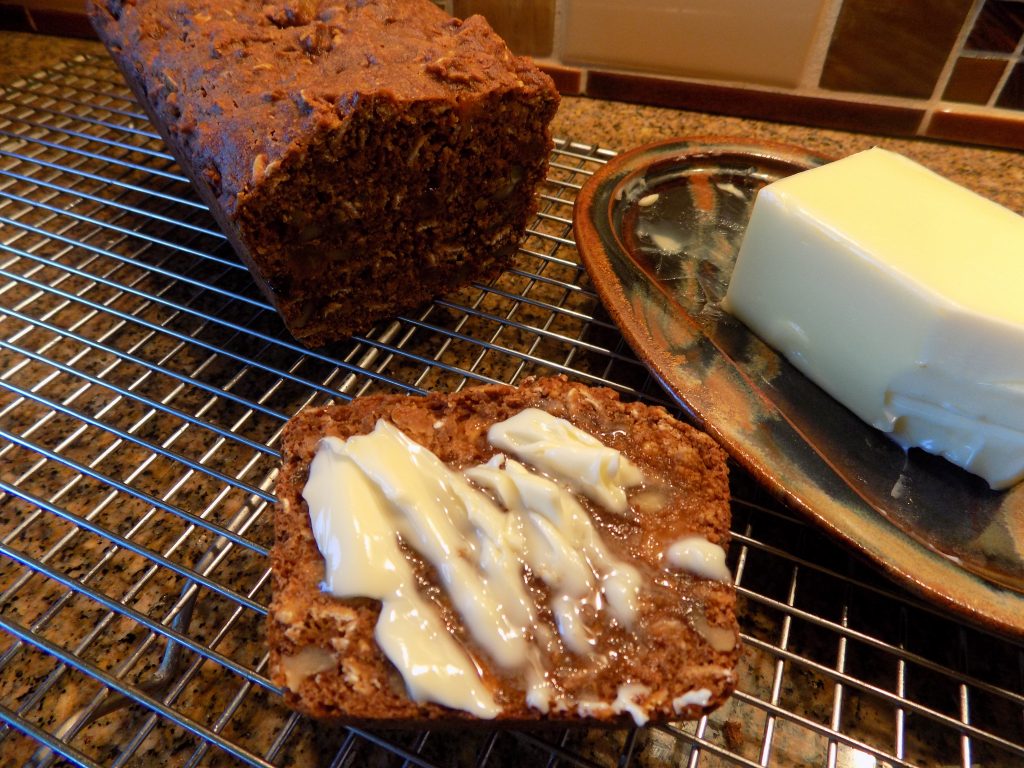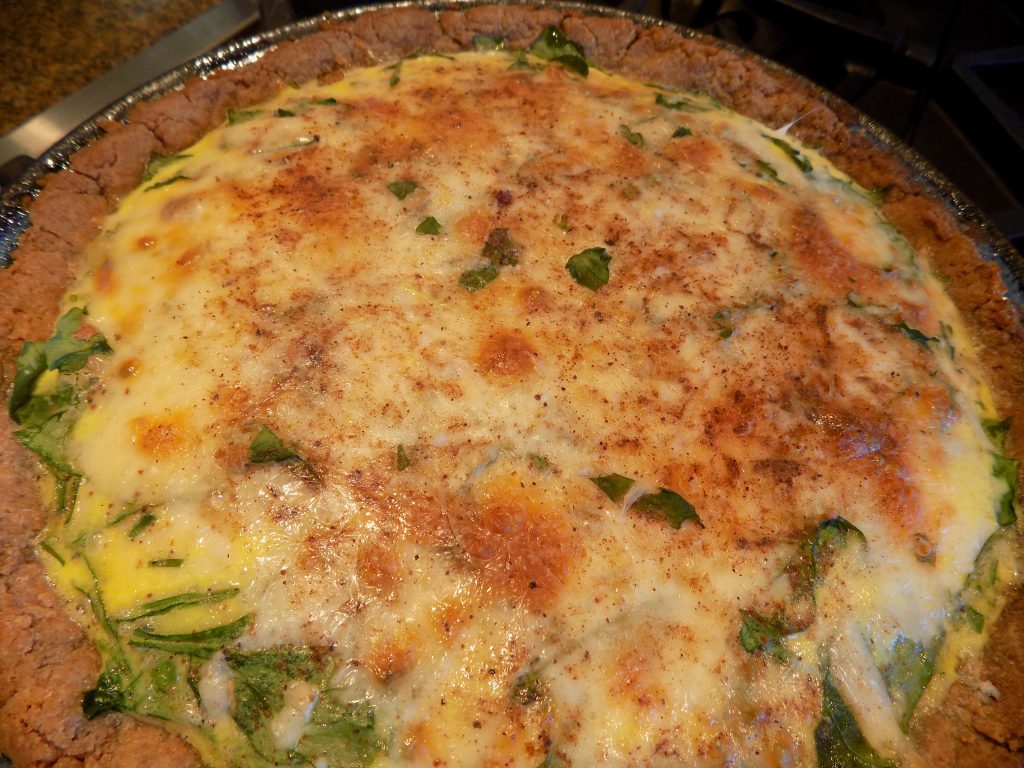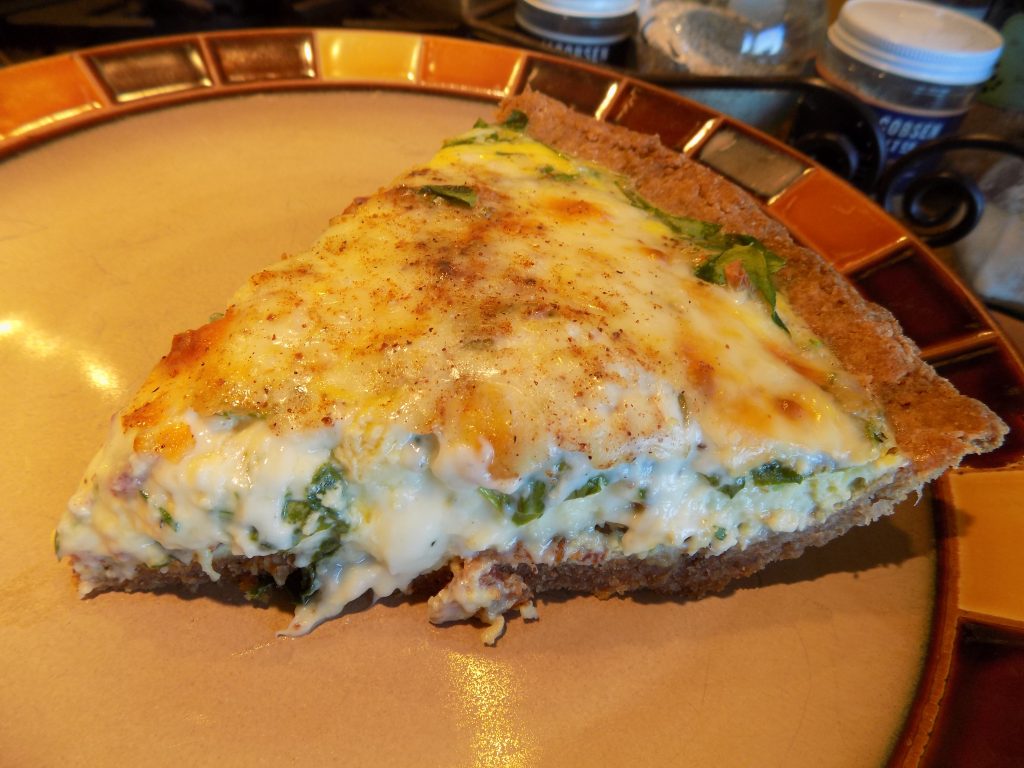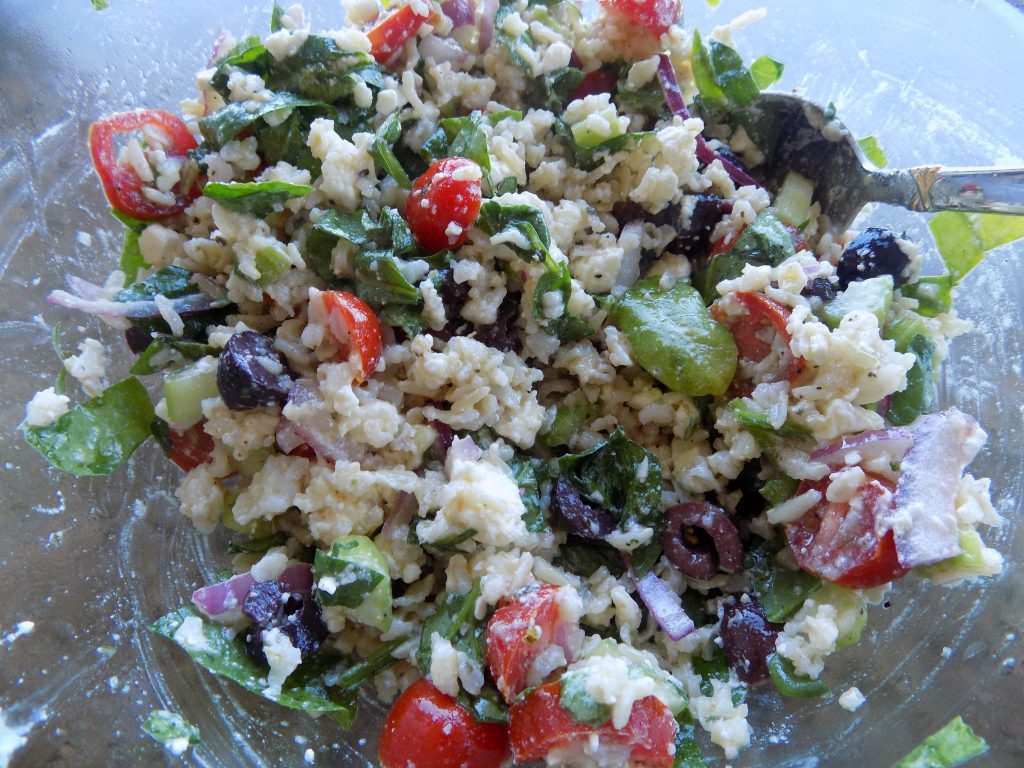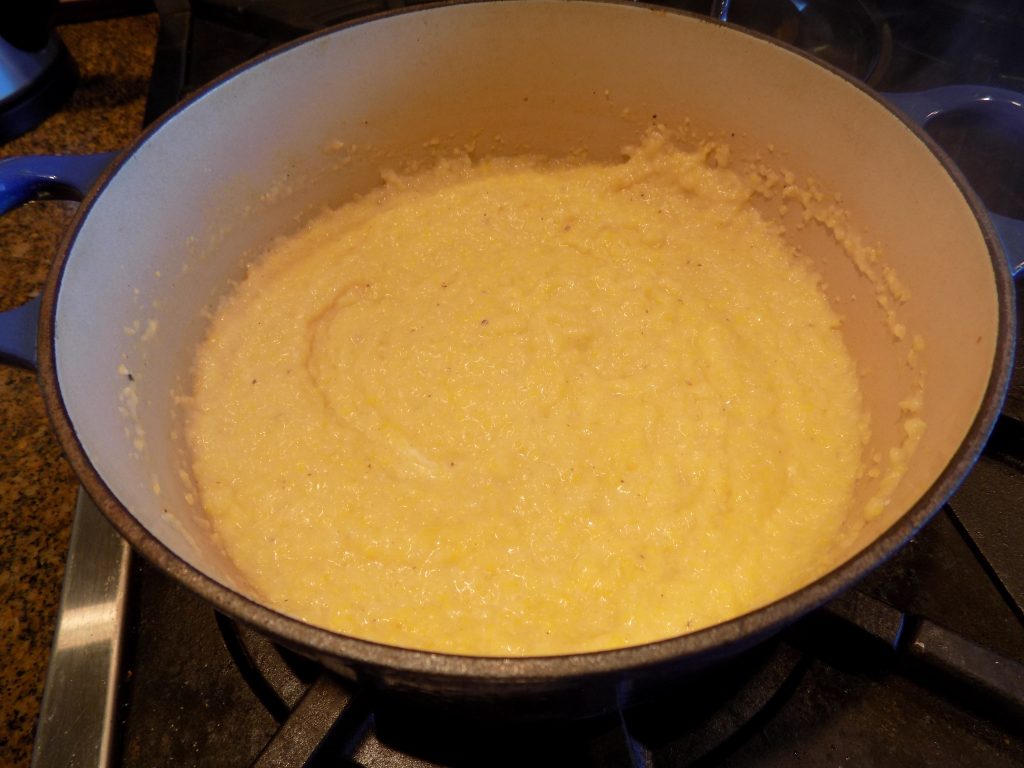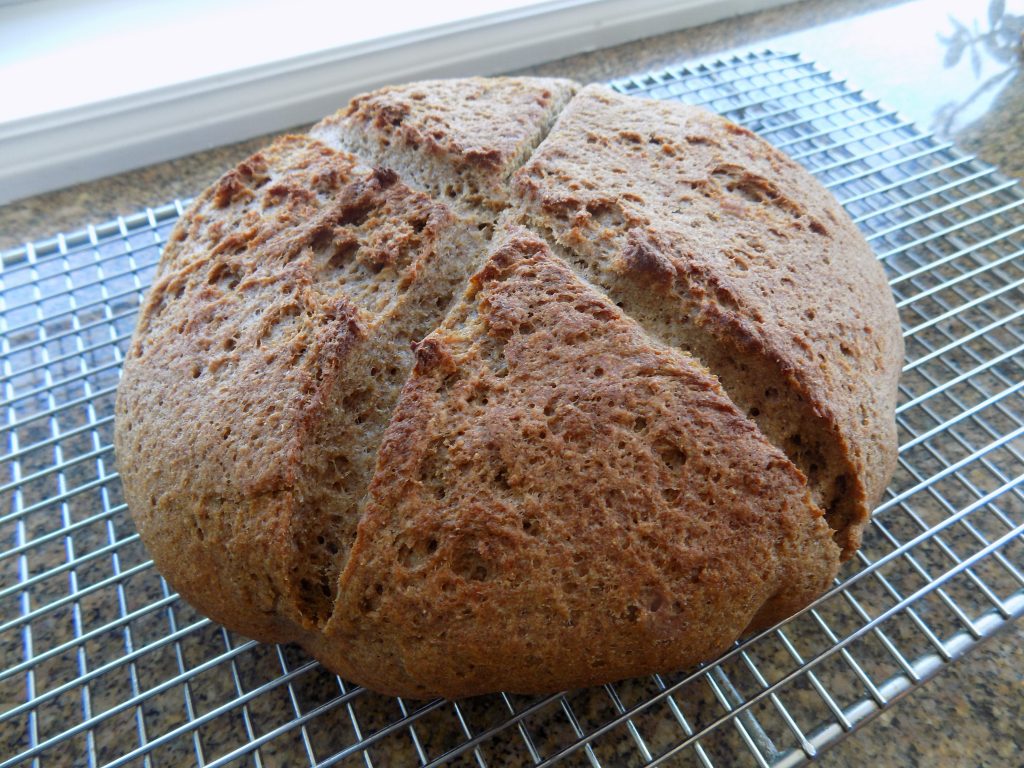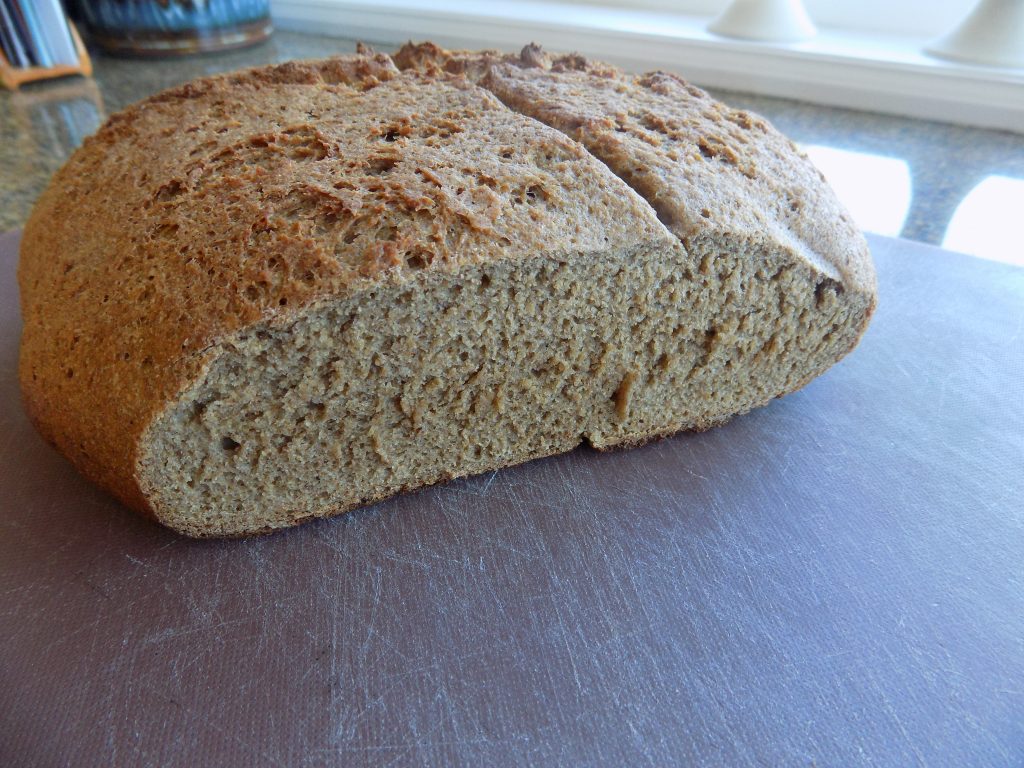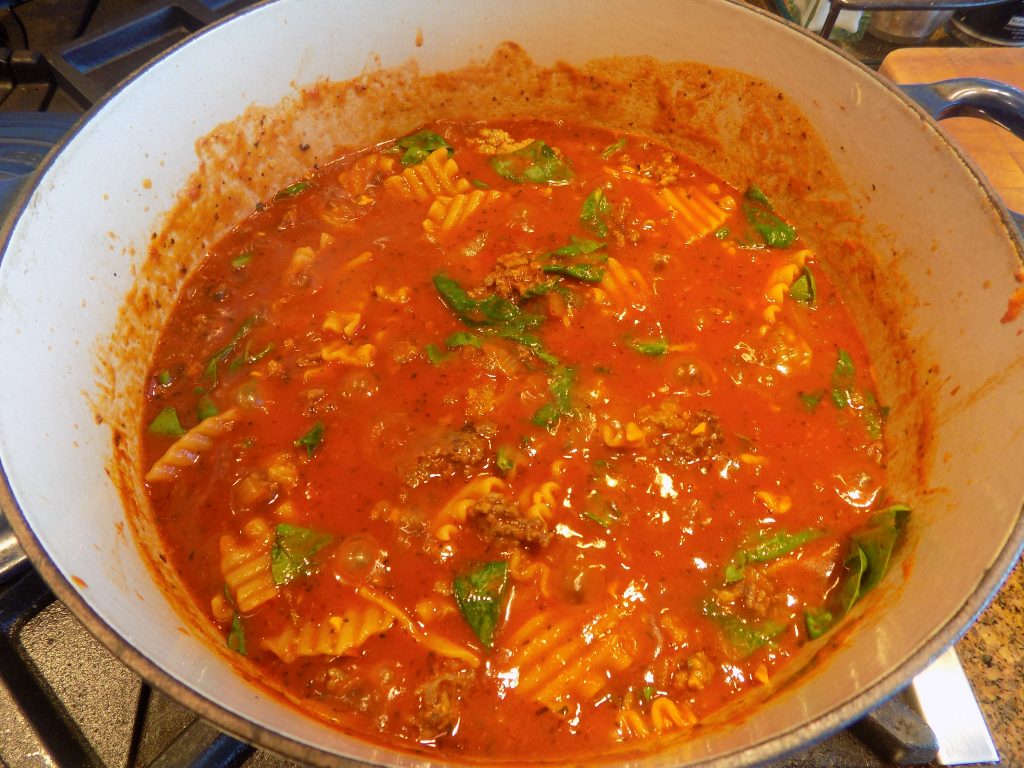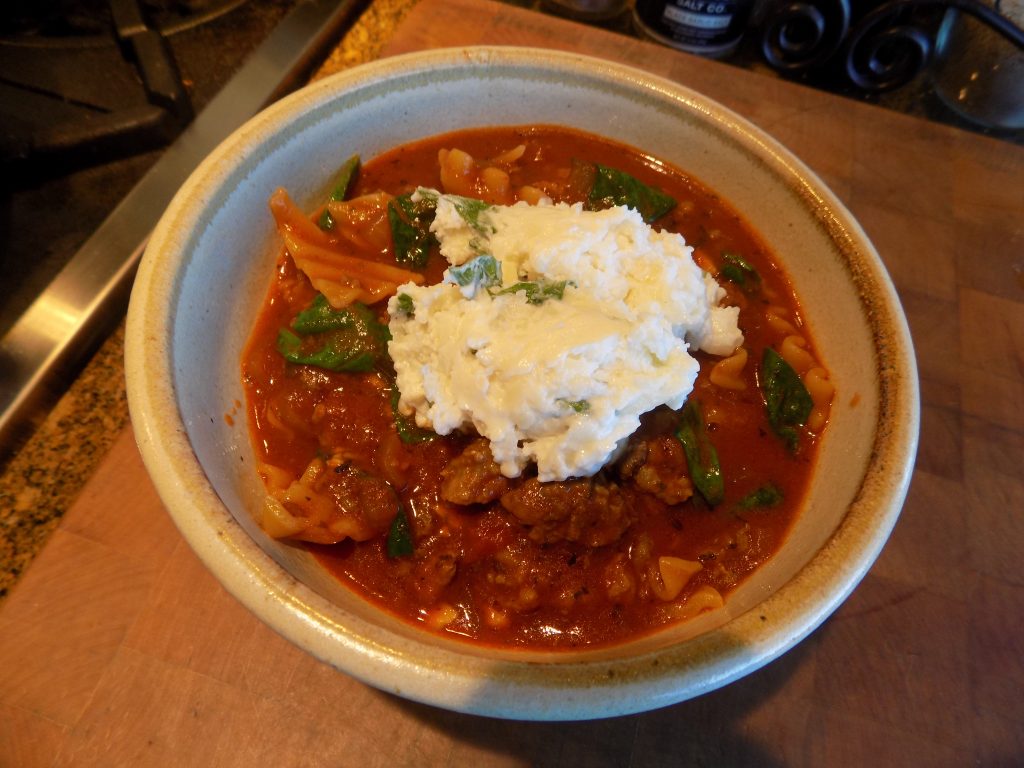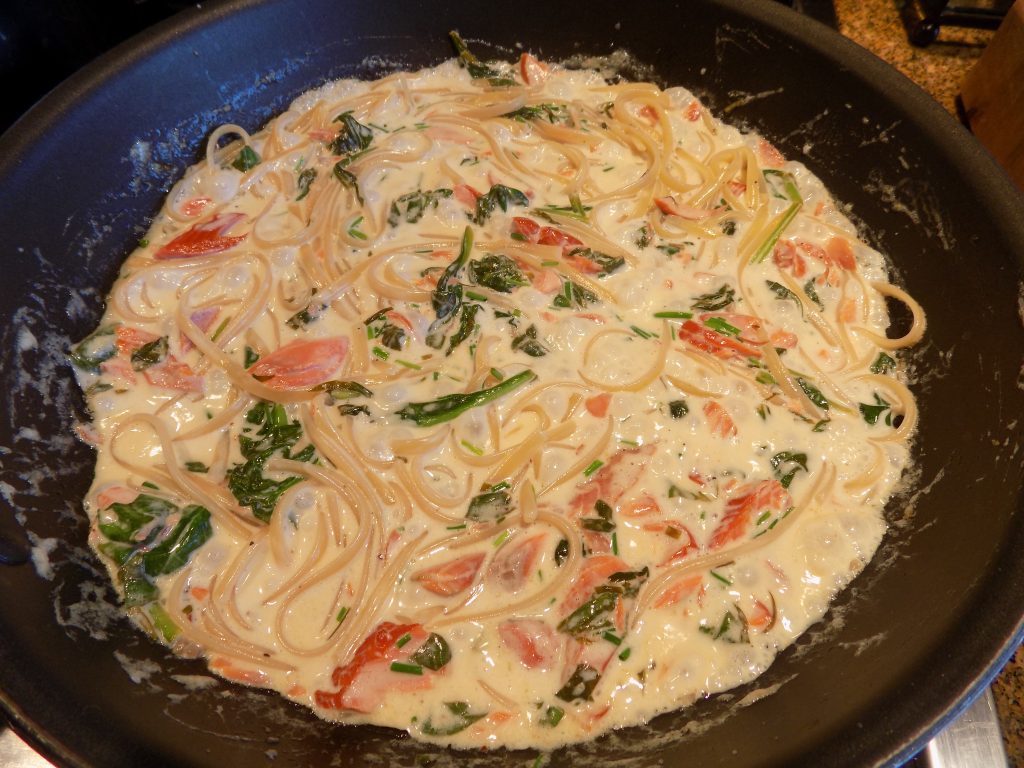
There is just something about a peanut butter cookie. Of course, I am a peanut butter lover, so I’m sure that has something to do with why I gravitate to cookies that contain this amazing ingredient. But in my quest to eat healthier, it’s great when I don’t have to add extra fat in the form of butter or oil to a cookie dough. So, in full disclosure, I don’t normally eat natural peanut butter. All that oil that tends to separate just doesn’t appeal to me when spreading it on a piece of toast. But for cookies, that very same oil helps make cookies more tender. And usually, when I use natural peanut butter in a recipe, no other fat is required. Plus, natural peanut butter is better for us because its main ingredient is peanuts, and it doesn’t contain unhealthy additives. Natural peanut butter is basically protein and unsaturated fats which are known to be beneficial for heart health and to help lower LDL cholesterol levels.
So, when you consider the benefits of using natural peanut butter, you will understand why this recipe that I found on the eatingbirdfood.com site appealed to me so much. Natural peanut butter, with the addition of coconut palm sugar, oats, chocolate chips, and coconut – fantastic. What more could a gal ask for in a cookie recipe? Well, that and the cookie contained no gluten. For me not so much of an issue, but for some, a deal breaker. So, I am always on the lookout for great recipes that are made without a spec of gluten.
So, if you too would appreciate a healthier version of a peanut butter chocolate chip cookie, I recommend you give this recipe a try. The cookies are really tasty, easy to make, and don’t make me feel as guilty as other delightful cookies that shall remain nameless.
As always, have fun in your kitchen. Make every mealtime memorable by cooking from scratch. And don’t be afraid to try dishes from different ethnic cuisines. There is nothing more rewarding than trying a dish that contains an ingredient that you don’t normally appreciate and finding that you love it in the new dish. In other words, keep an open mind when trying new recipes. You really can teach an old dog new tricks. (Or an old eater, new ingredients!)
Peace and love to all.
1 c. natural peanut butter
2/3 c. coconut palm sugar
2 lg. eggs
2 tsp. vanilla extract
½ c. rolled oats (certified GF if required)
2 T. oat flour (certified GF if required)
1½ tsp. baking soda
½ tsp. fine sea salt
1 c. chocolate chips
½ c. shredded coconut
Mix the peanut butter, coconut sugar, and eggs together in the bowl of your stand mixer. (You can mix these cookies by hand, but it’s a workout!) Add the vanilla, oats, oat flour, baking soda, and salt. Beat to combine and then stir in the chocolate chips and shredded coconut. (It will appear that you have used too many chocolate chips. But never fear, you can stick them into the dough balls even after they have been formed.)
Using a #40, 1½ tablespoon ice cream scoop (mine has an orchid handle), drop balls of dough on a parchment lined baking sheet. (They can be quite close together because the cookies are not going to spread very much as they bake.) Press each cookie down lightly. Refrigerate at least 2 hours, but over-night is best.
Bake in a pre-heated 375-degree oven for about 13 minutes or until the tops are cracked.
Remove from oven and let cool on baking sheet for 4-5 minutes, then transfer to a wire rack to cool completely before storing in an airtight container.

